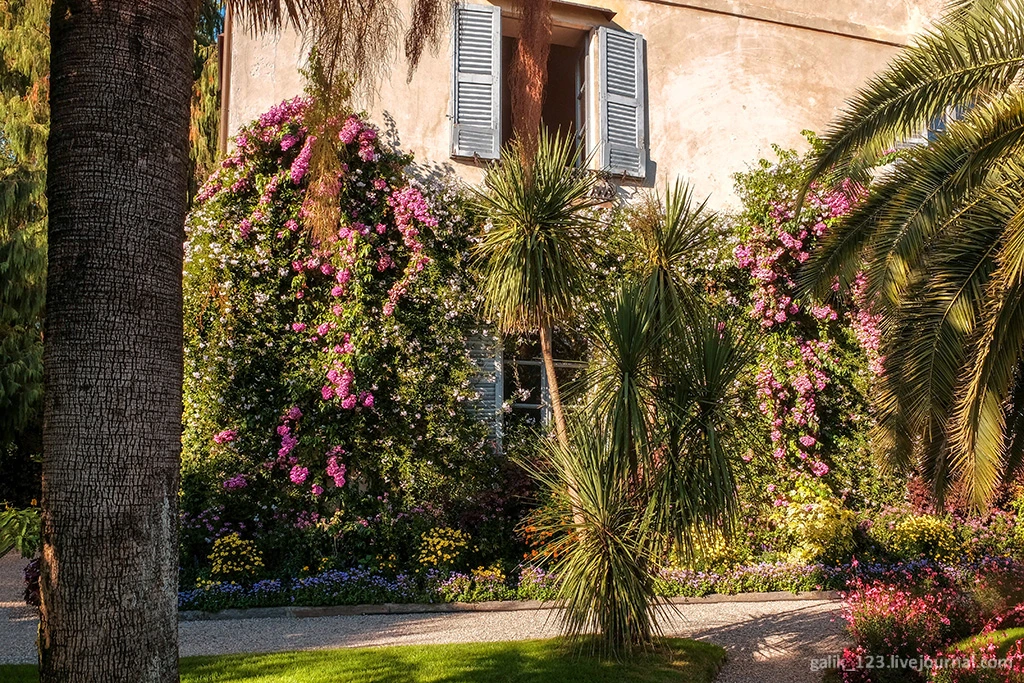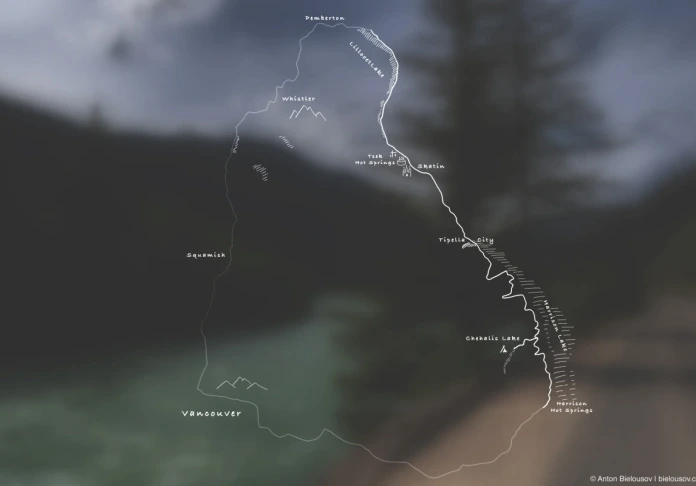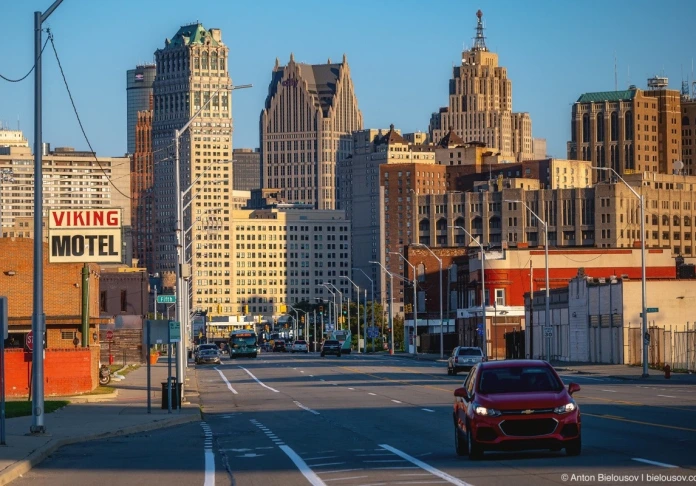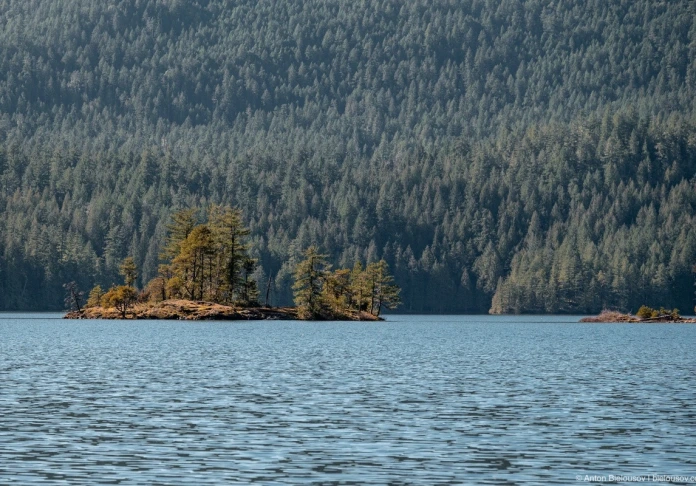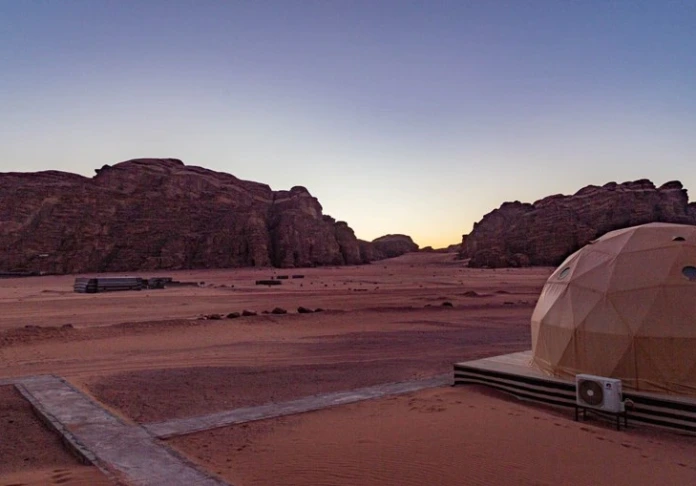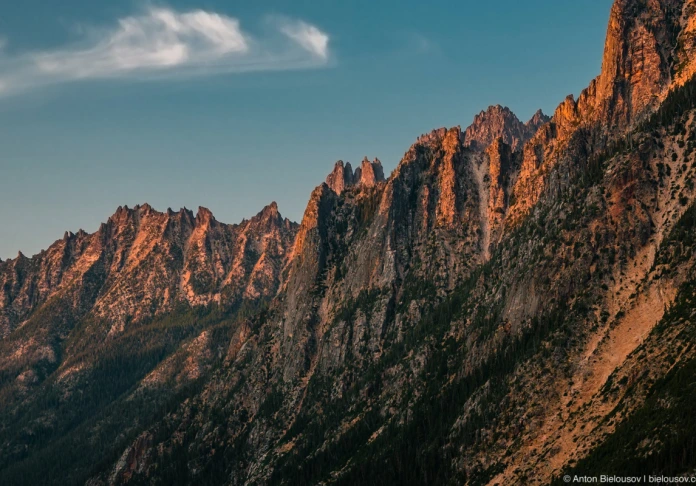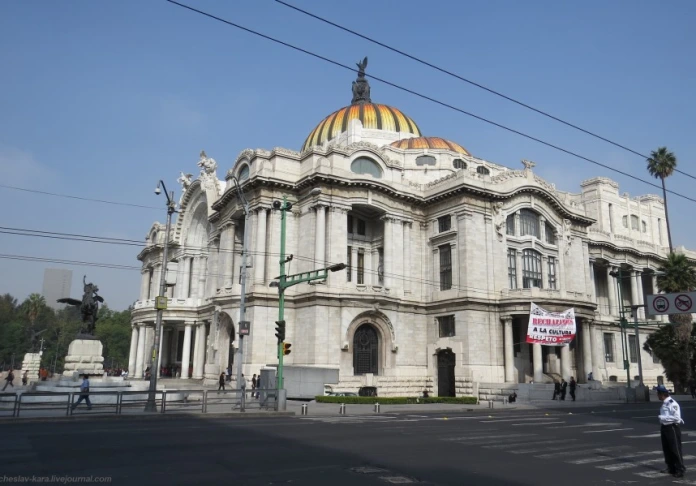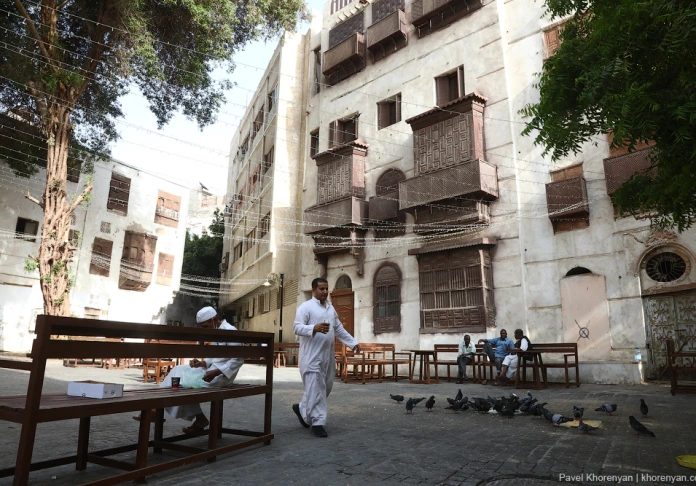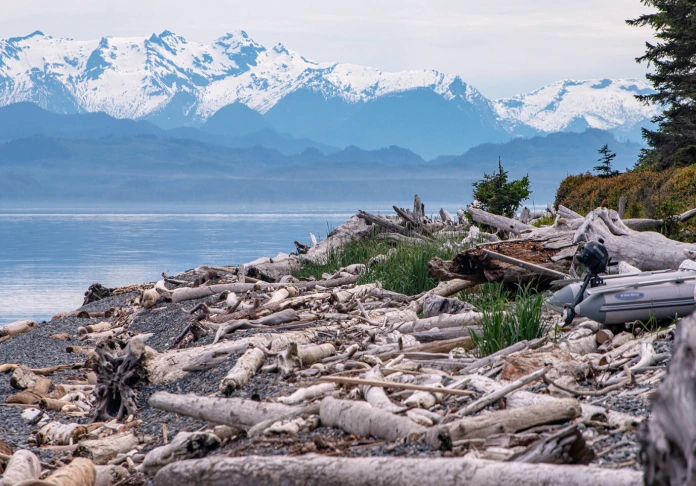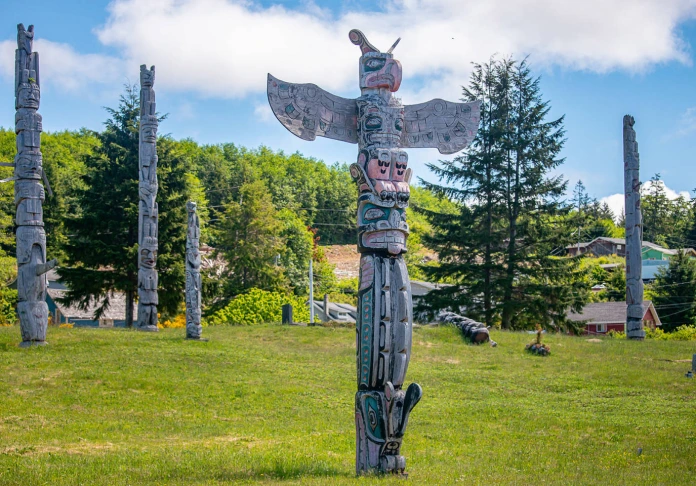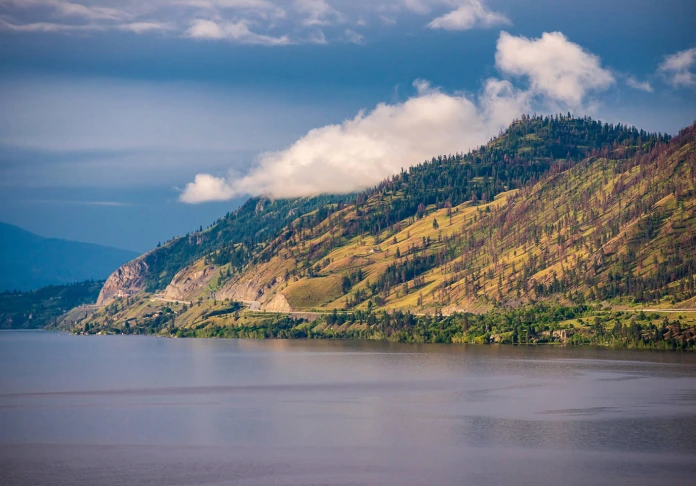Italy
Visiting Borromeo
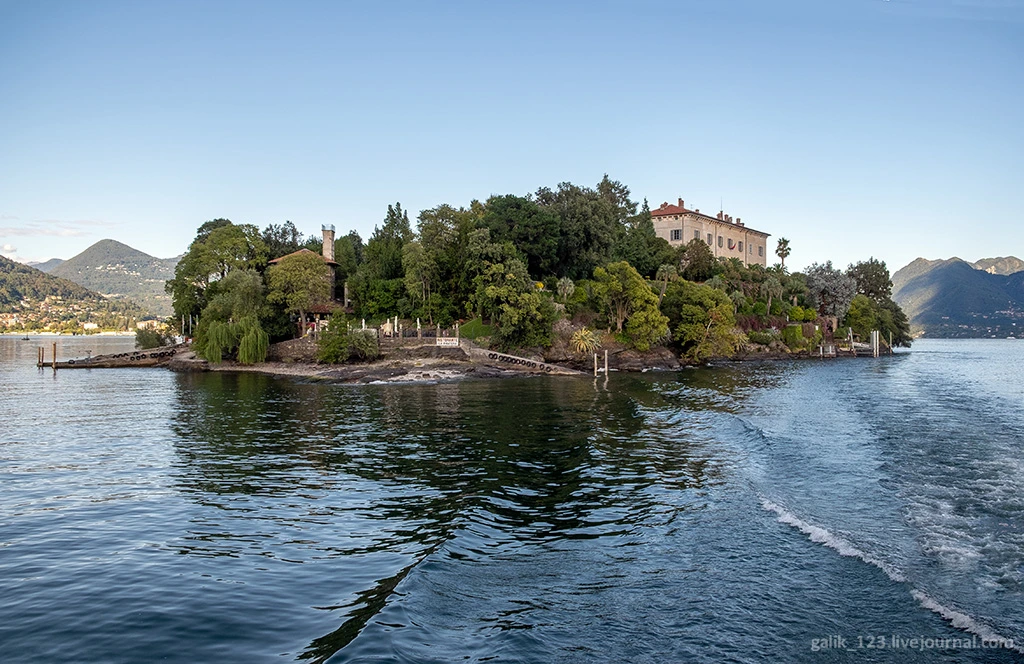
Among the Borromean Islands on Lago Maggiore, the largest Isola Madre stands out among others with a beautiful English-style park. This botanical garden with an area of over eight hectares consists of seven terraces on which you can see cypresses, rhododendrons, magnolias, maples, palm trees and a collection of camellias.
1. During the Middle Ages, Isola di San Vittore, as the island was called before, belonged to the abbots and bishops. At that time, olive trees were grown on the island. Only in 1501, these possessions passed from the bishop of Novara to the noble family of Borromeo. Lancillotto Borromeo began to grow citrus fruits brought from Liguria on the island. He began to build a family residence. At that time, he was only 28 years old, he could not complete what he started - he died at the age of 39. He continued construction in the Renaissance style of Renato I Borromeo in the 1580s.
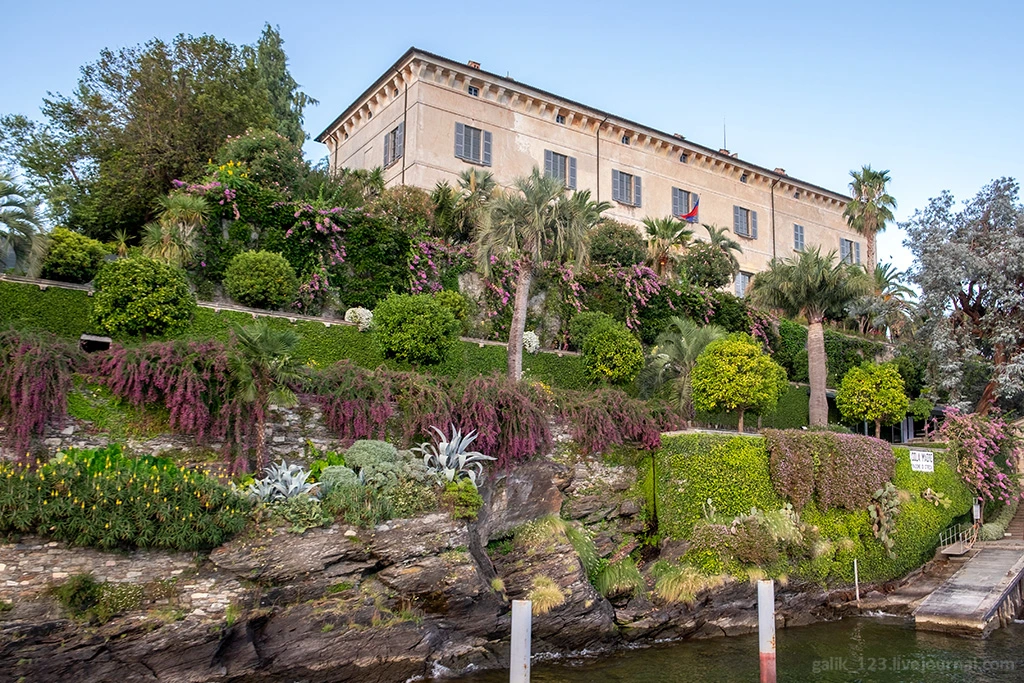
2. Around 1823-1825, by the decision of the Counts of Borromeo and with the help of a family of gardeners from Monza, the gardens on the island were turned into an English park, which to this day is considered one of the best examples of park art in Italy. Here, Italian architects and gardeners worked wonderfully, decorating the area with great taste by stairs, pergolas and flowerpots.
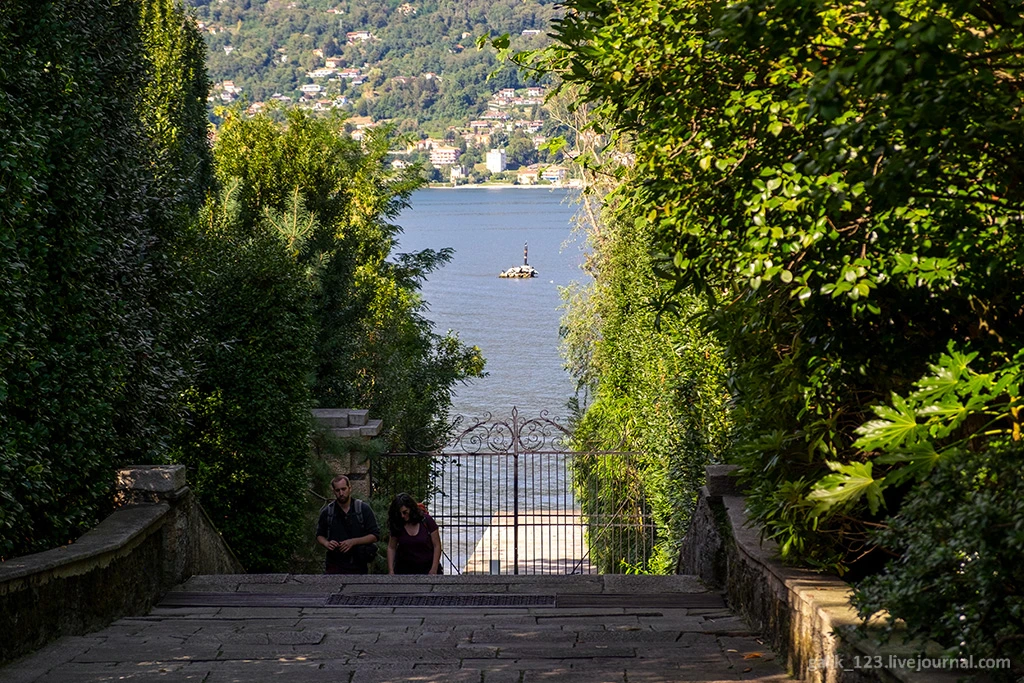
3. I suggest lovers of parks and palaces to take a walk through this paradise garden and see the interiors of the Borromean tribal nest.
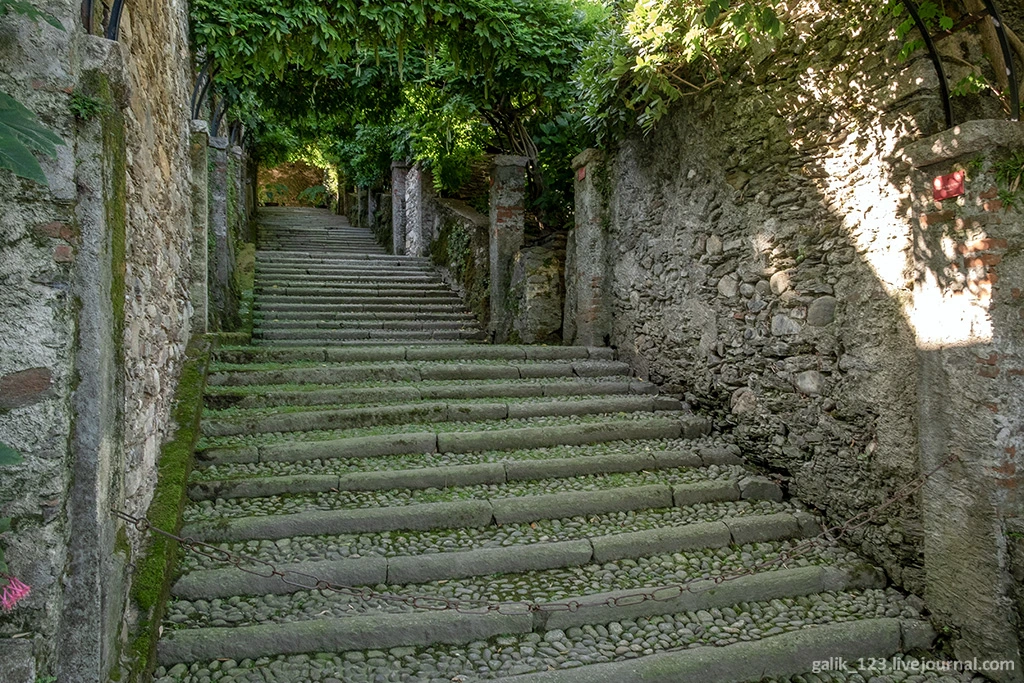
4. At the beginning of the 20th century, the idea came of turning Isola Madre into a hotel, and then renting it out to a select audience. But between the 1960s and 1980s, Giberto and Bon Borromeo Arese determined the future of Isola Madre: the palazzo, luxuriously furnished with furniture and works of art, and extensive gardens were finally made available to the public.
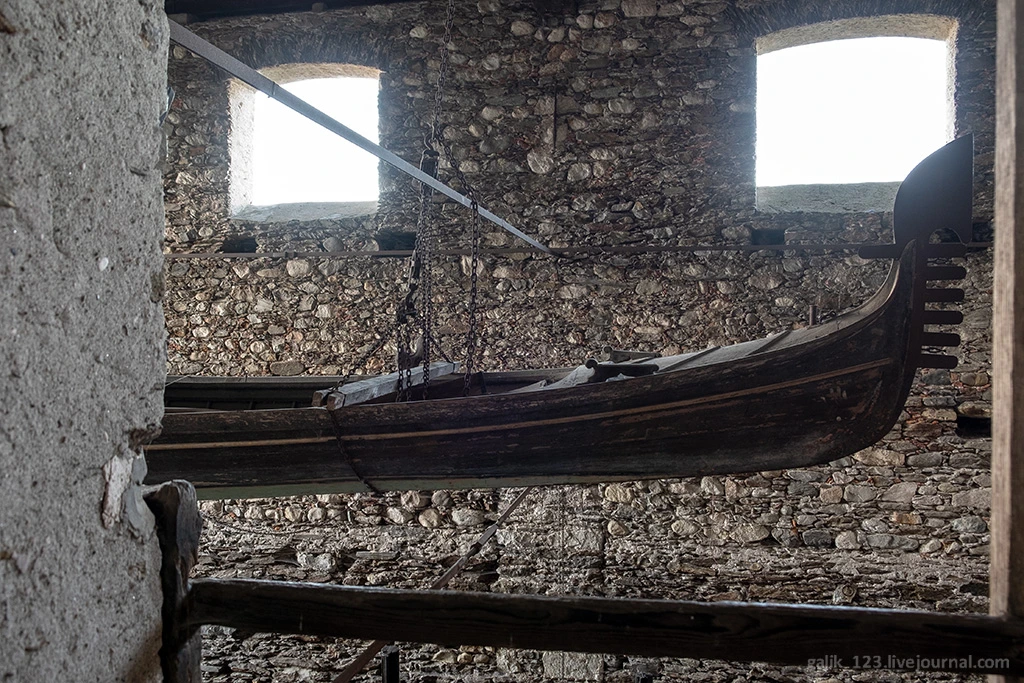
5.
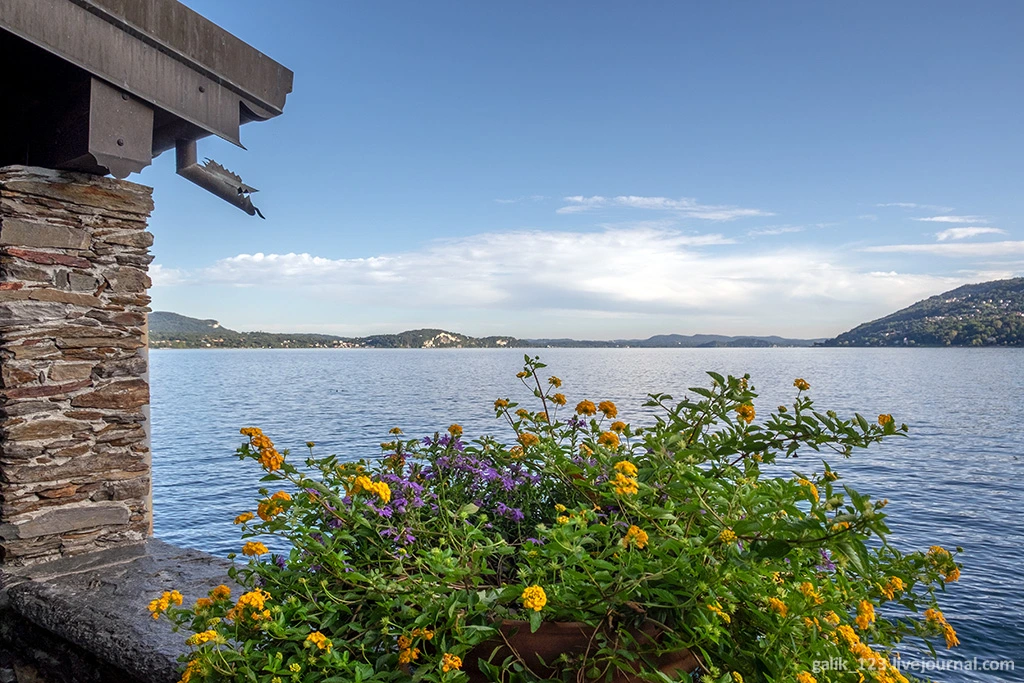
6.
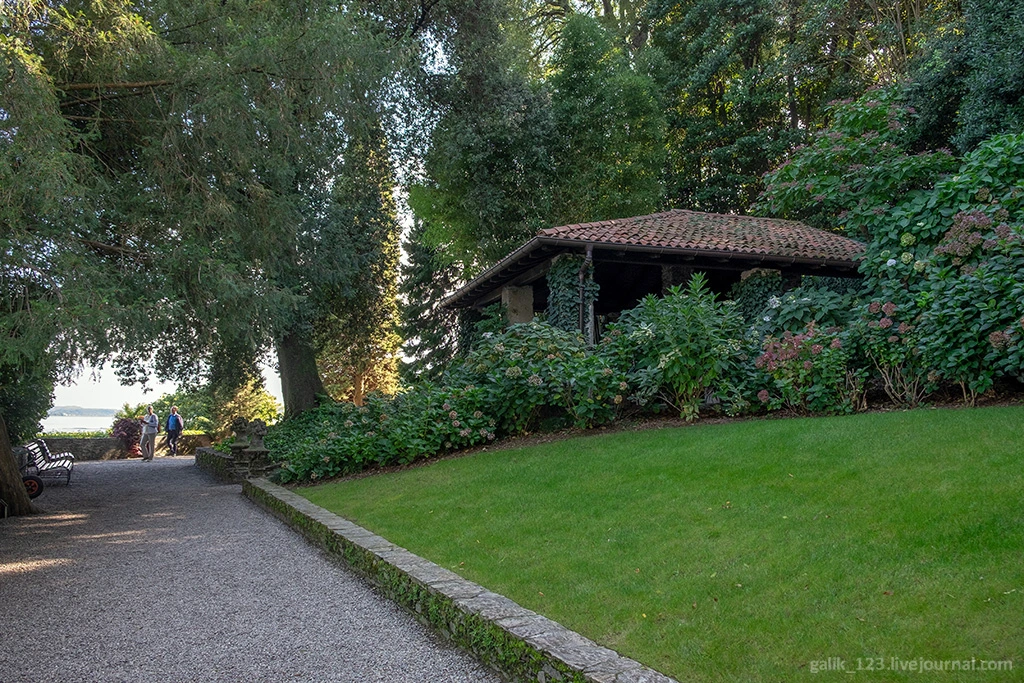
7. Birds of paradise live on the island with extraordinary plumage - gold and diamond pheasants, peacocks. The riot of their colors is complemented by a colorful long tail.
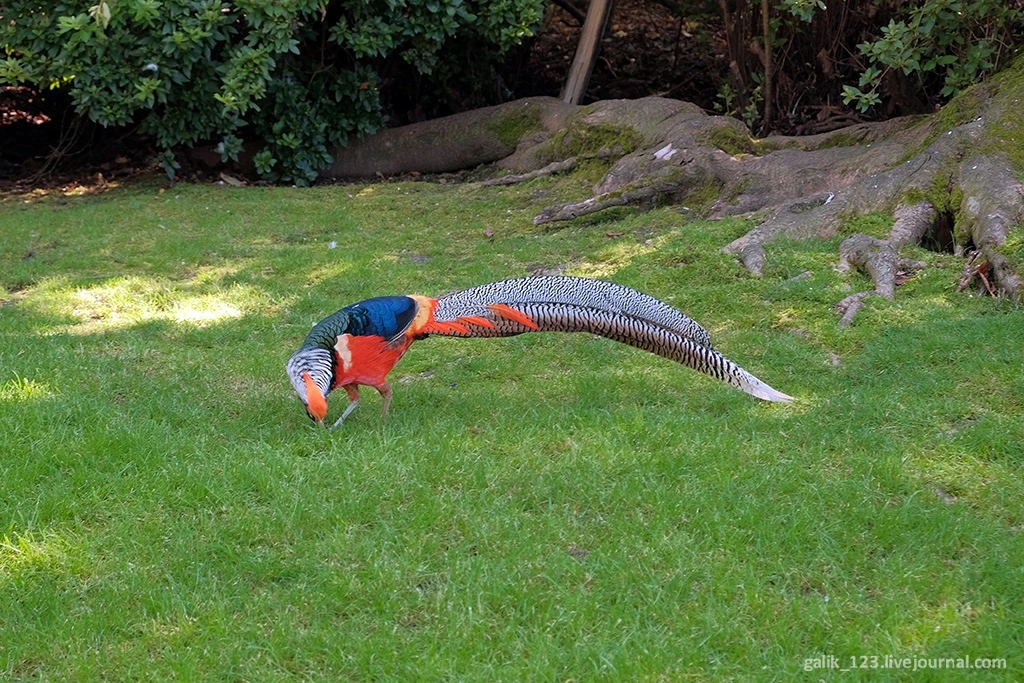
8. Females of the Golden Pheasant breed have no crest and are painted in gray-brown tones.
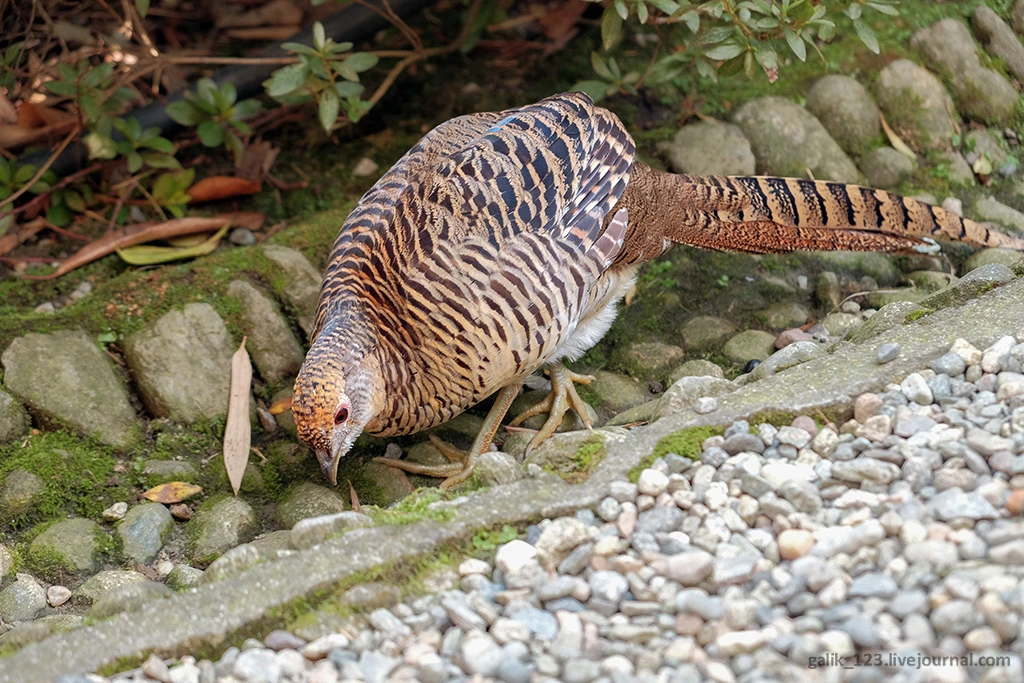
9. It is important that white peacocks walk around the alleys.
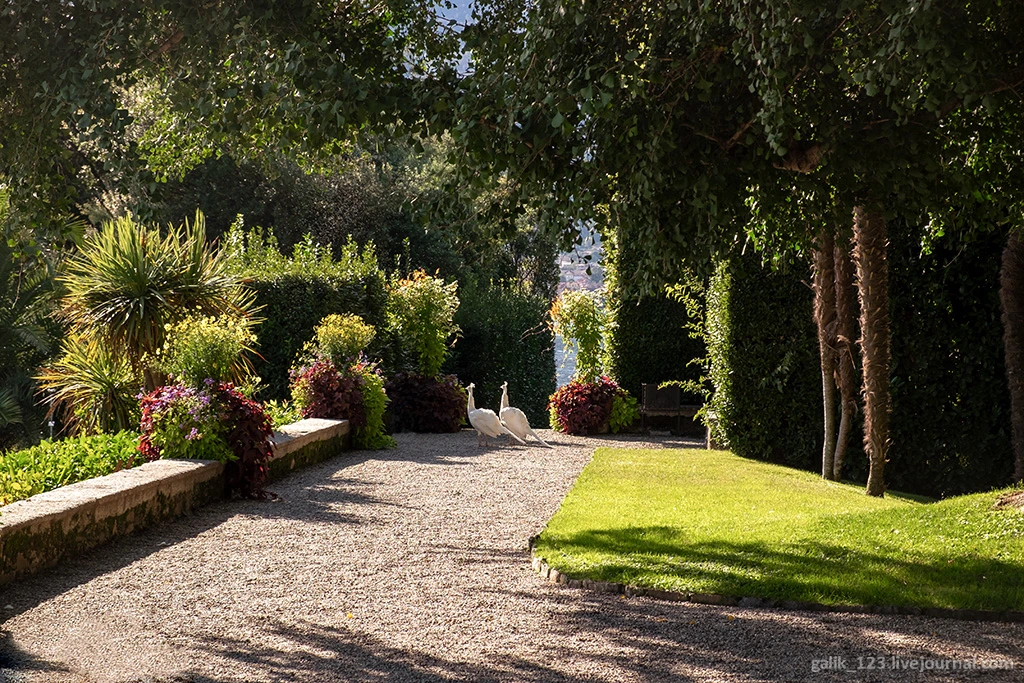
10. Such beautiful birds on the island have a wonderful house.
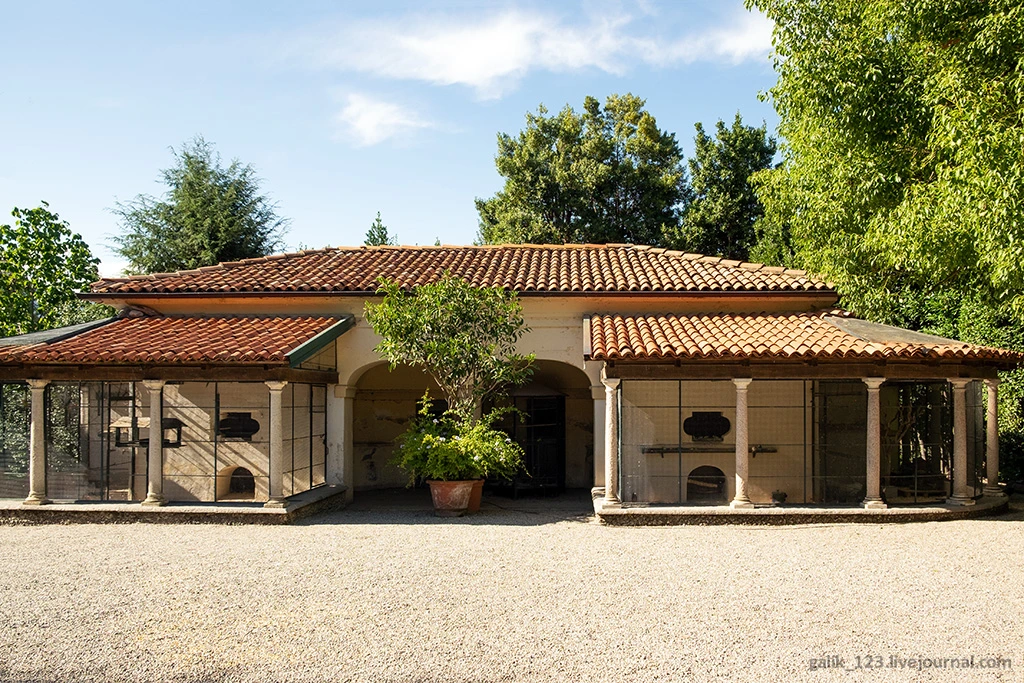
11. The most amazing thing in this park is the Himalayan Kashmir cypress (trunk diameter 8 meters) with an unusual history. It was grown in front of the Palazzo Borromeo from seeds sent from the Himalayan region in June 1862. A sign is installed near the tree, which says that on July 26, 2006, a tornado that hit the island broke this huge cypress and turned its roots. Rescue of a giant tree weighing 70 tons, the only one in Europe and disappearing as a species even in the Himalayas, was done jointly by gardeners, technicians, and engineers. The work was carried out with the help of three cranes delivered to the island by helicopters. The cypress was secured with ropes, the roots were returned to the ground, then the cypress was treated for three years.
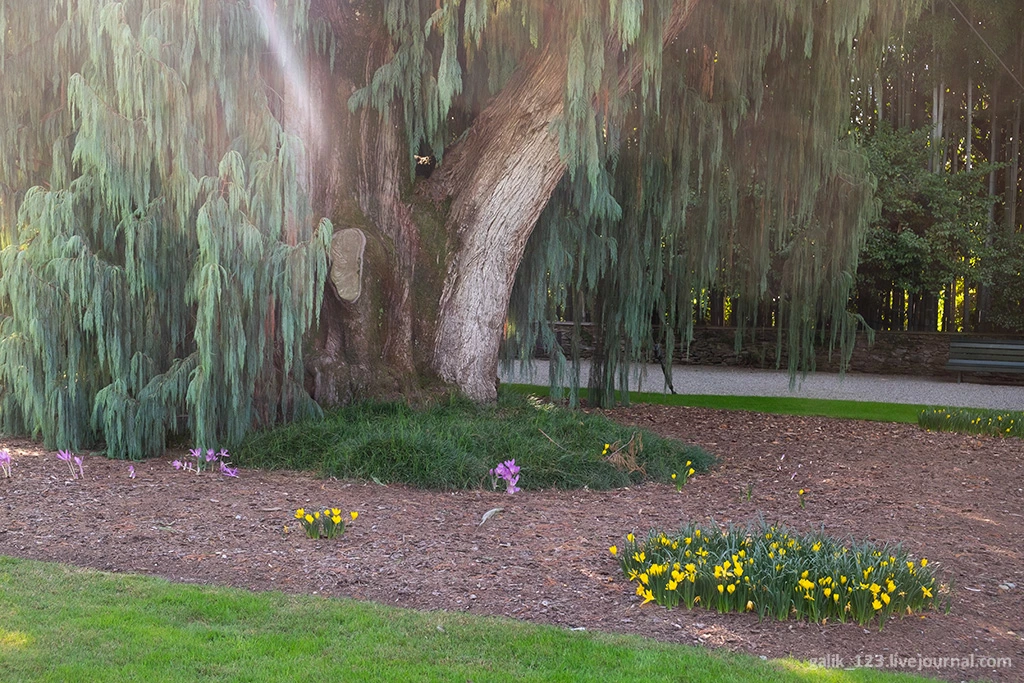
12. The route through Isola Madre is laid in such a way that, having passed along the alleys and paths of the park, past the Himalayan cypress, one way or another you will find yourself in the palace of Borromeo. The family residence was erected in the 16th century on the ruins of an early church, cemetery and, possibly, the castle of San Vittore. He stands in the southern part of the island and looks quite modest from the outside. The appearance of the palace does not promise anything special, but the battered walls beckon with antiquity.

13. The windows of the palazzo offer wonderful views of the lake.
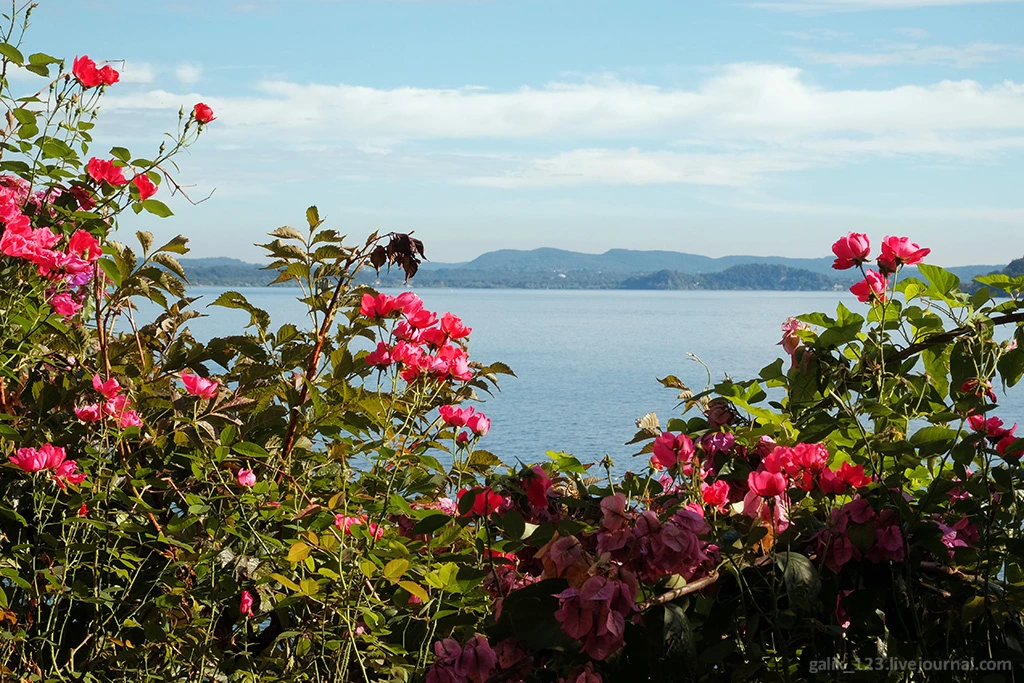
14. The palace has two floors, on which almost all the halls are open. There are no caretakers in the halls of the palace, no one asks for tickets at the entrance, but in the elegant interiors where only the south warm breeze walks, countless treasures are concentrated - paintings, vases, antique furniture, a collection of dolls and a puppet theater. Moreover, mannequins look after rare visitors.
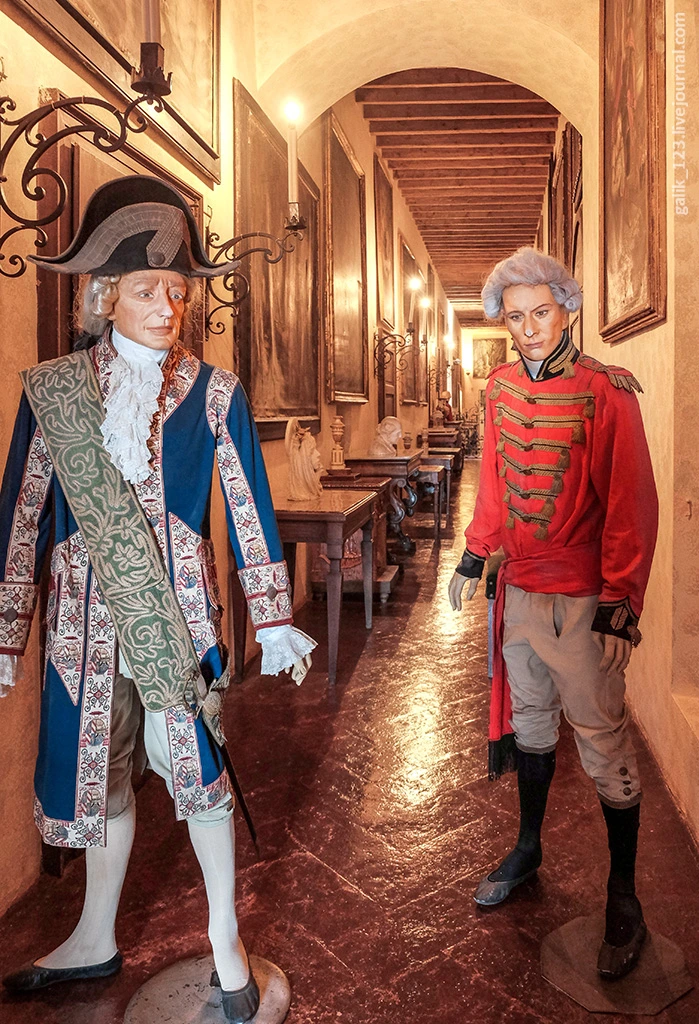
15. Many of the premises are thematic: the gallery of the ancestors, the hall of the popes (among Borromeo there were cardinals), the hall of four seasons, the hall of battle, doll halls, living rooms, a library, dining rooms, bedrooms, and children's rooms.
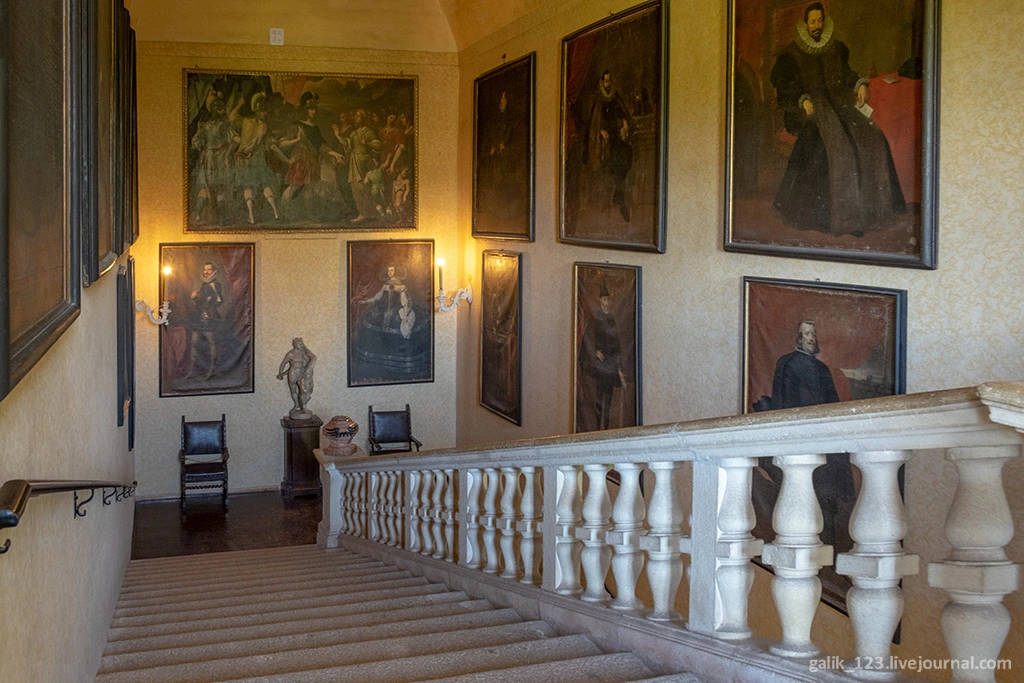
16. Luxurious interiors are filled with original furniture, ancient sculptures and paintings, as well as collections of uniforms, dolls and porcelain. The whole atmosphere conveys the atmosphere of past eras.
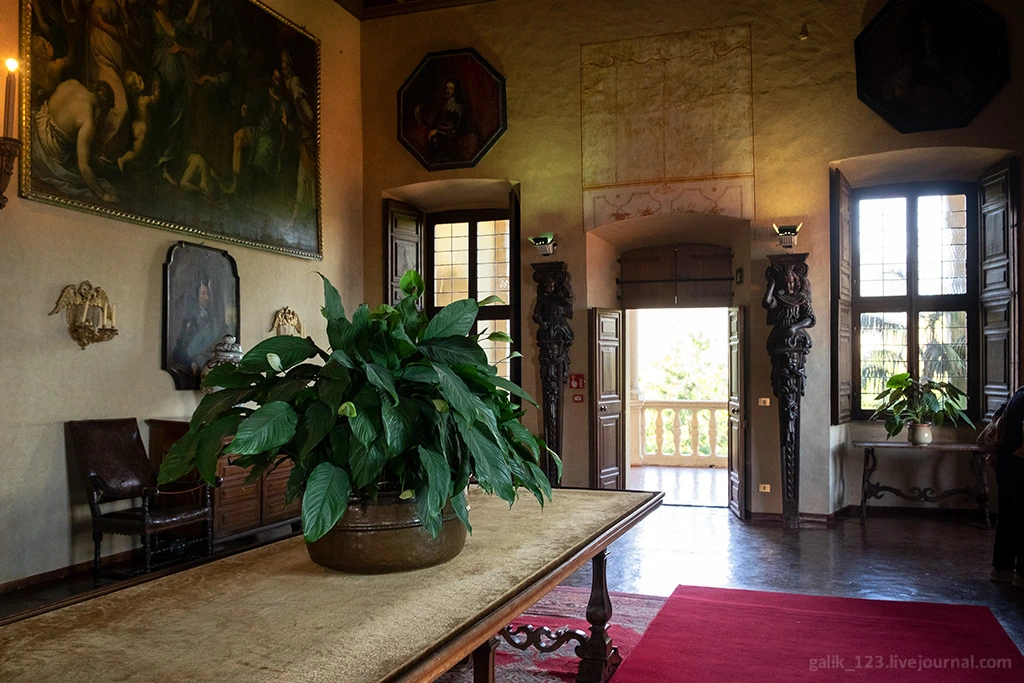
17.
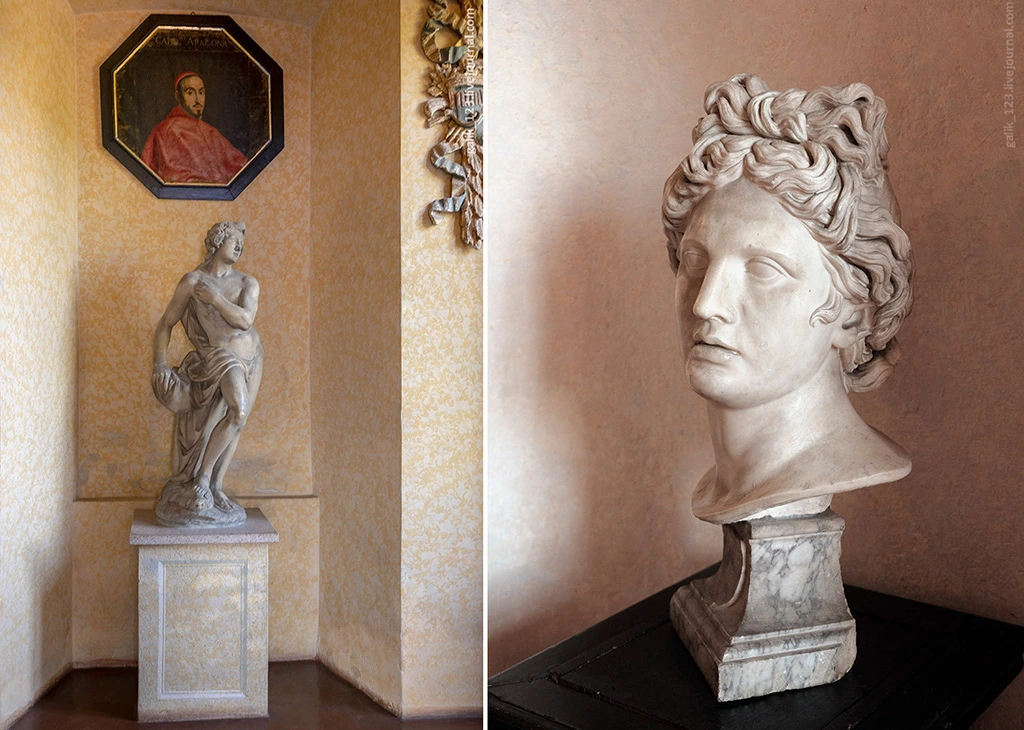
18. The situation recreates the life and atmosphere of the late XVIII - early XIX centuries. High ceilings with wooden ceilings, furniture, paintings - all recall the history of this place. It is felt that the palazzo was built not for receiving guests, but for a quiet life surrounded by nature. All rooms are furnished from various mansions of the Borromeo family.
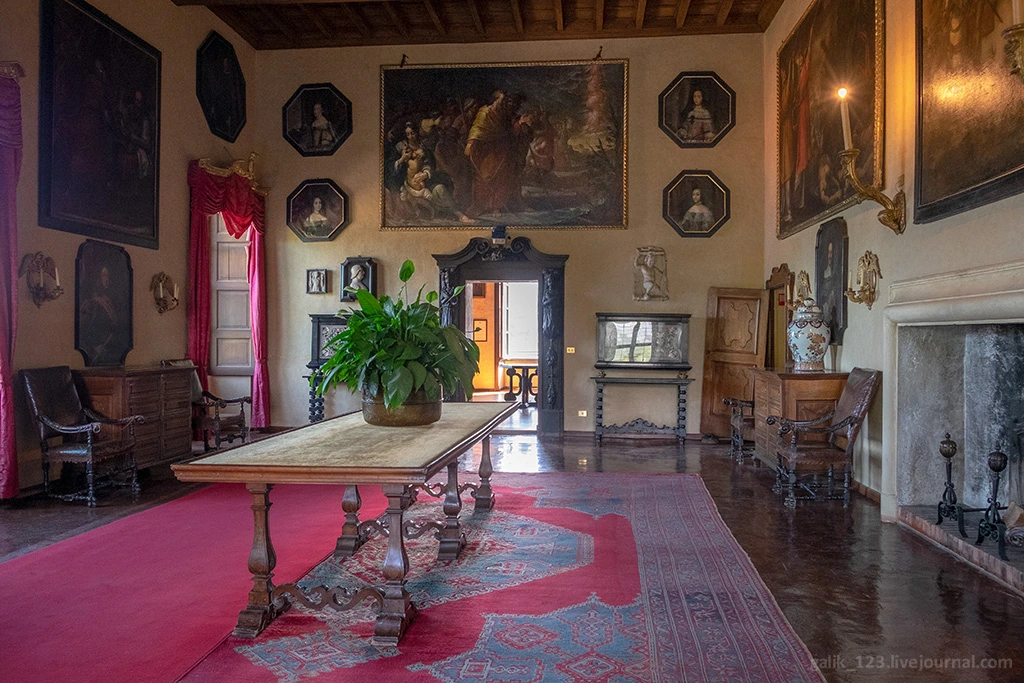
19. The palace has a very convenient layout, all the halls face the central corridor, but you can go through the whole enfilade, moving from one hall to another.
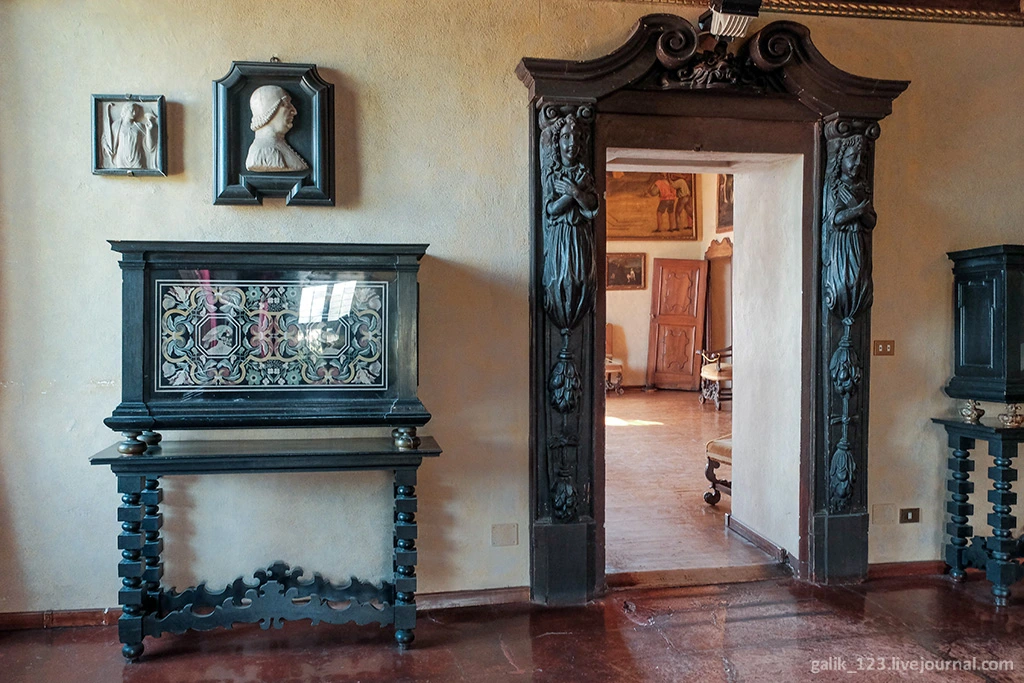
twenty.
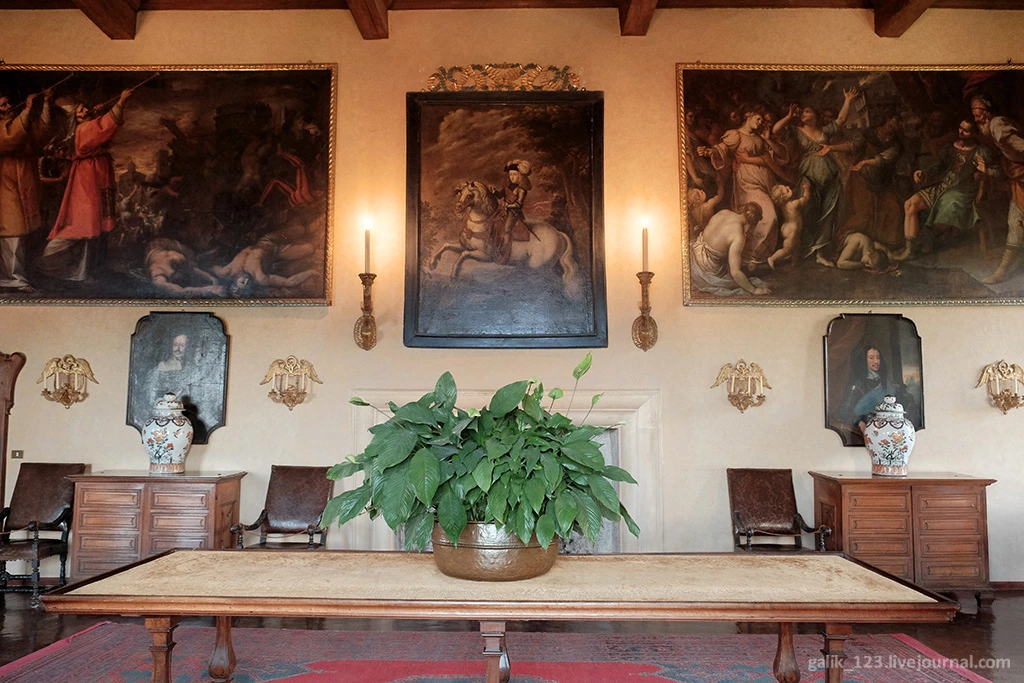
21.
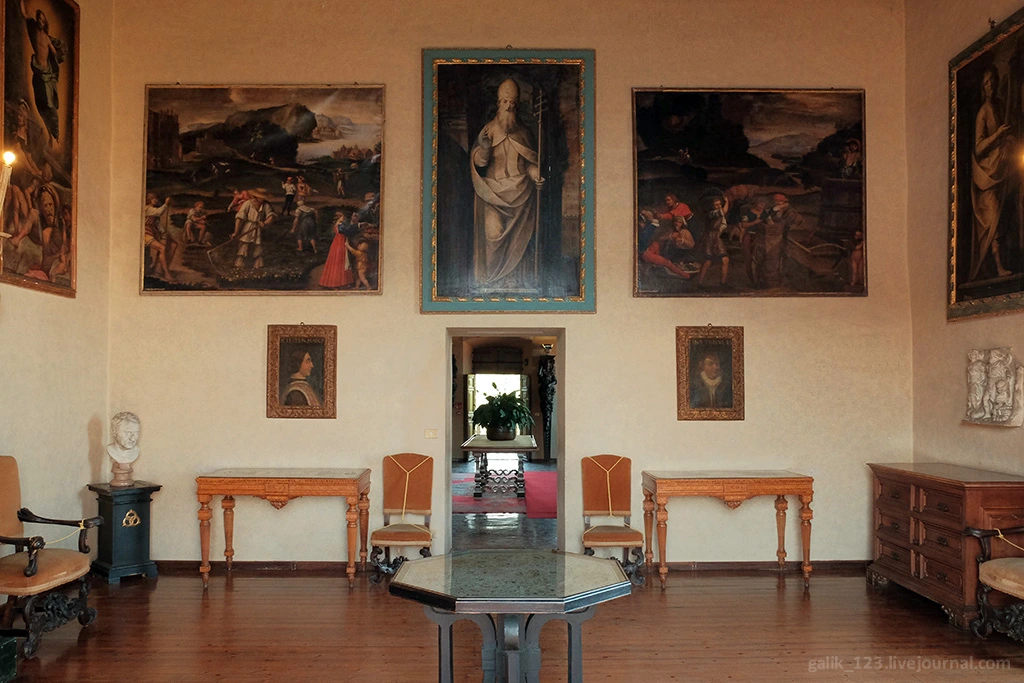
22. But still, the main "horse" of this palazzo is the views from the windows!
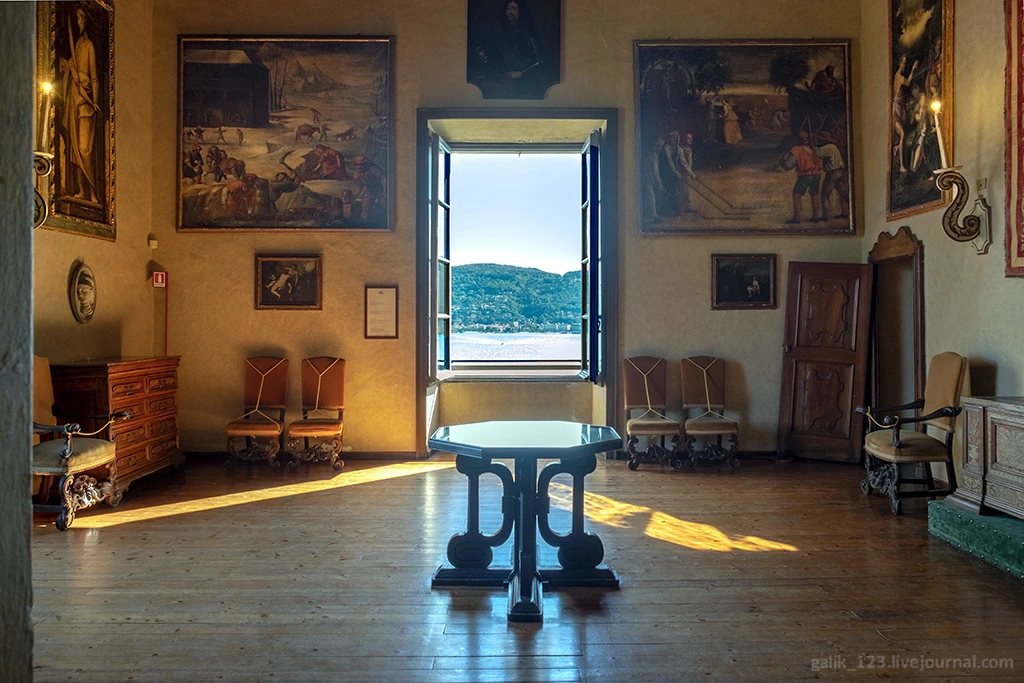
23. Each room is furnished in the style of that era: in the bedrooms there are four-poster beds, secretaries, chairs and armchairs.
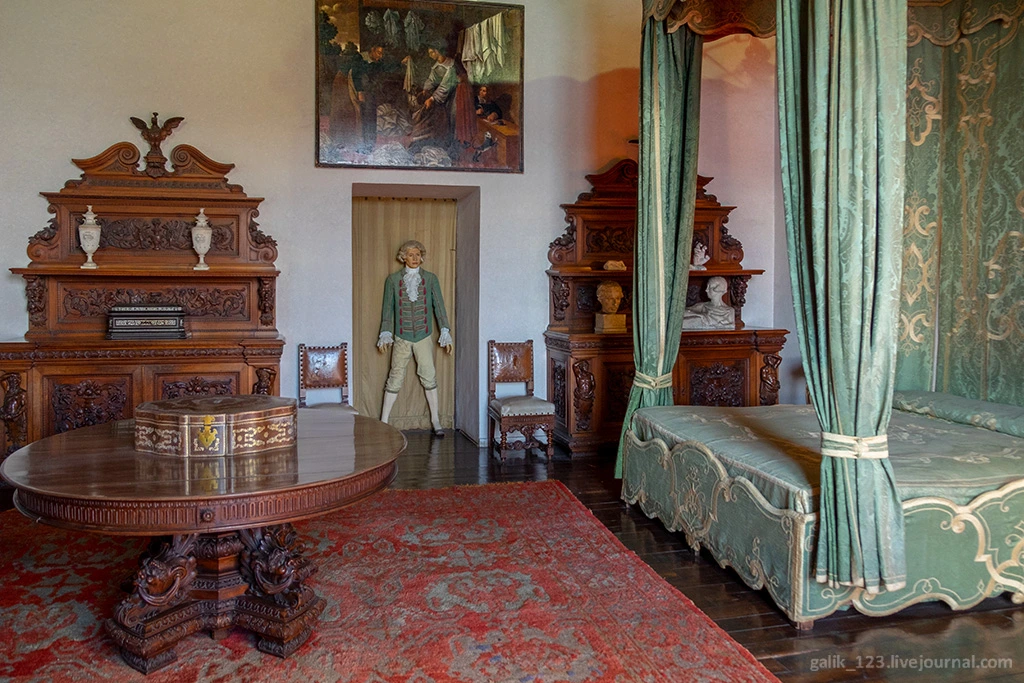
24. In the other bedroom is the cradle for the baby. The interior is not artsy, without excessive decoration - all this creates a feeling of intimate space.
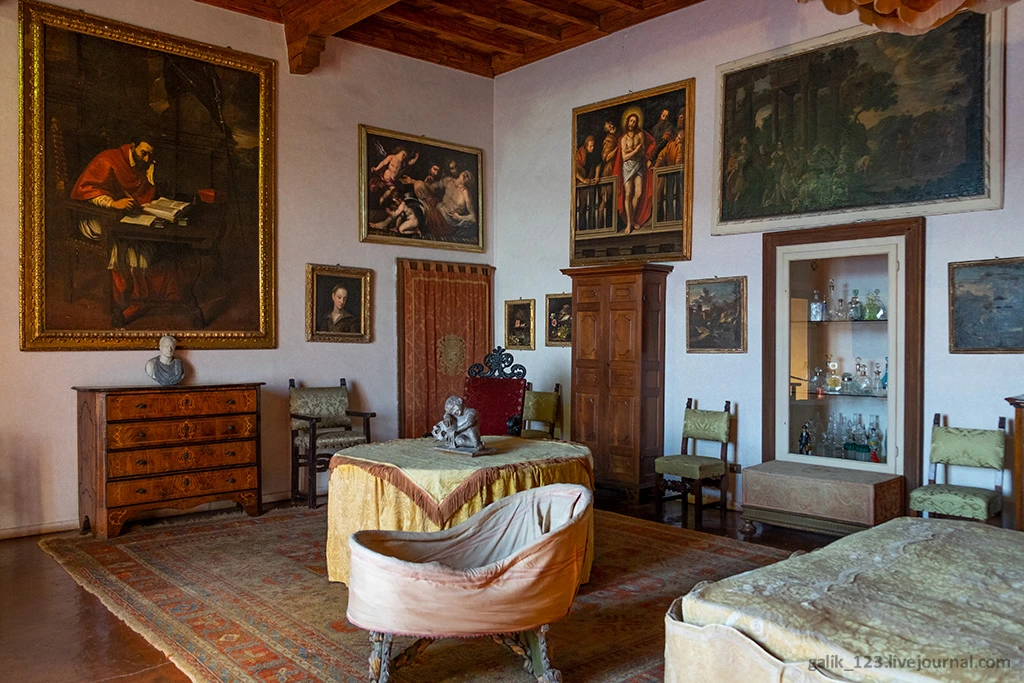
25.
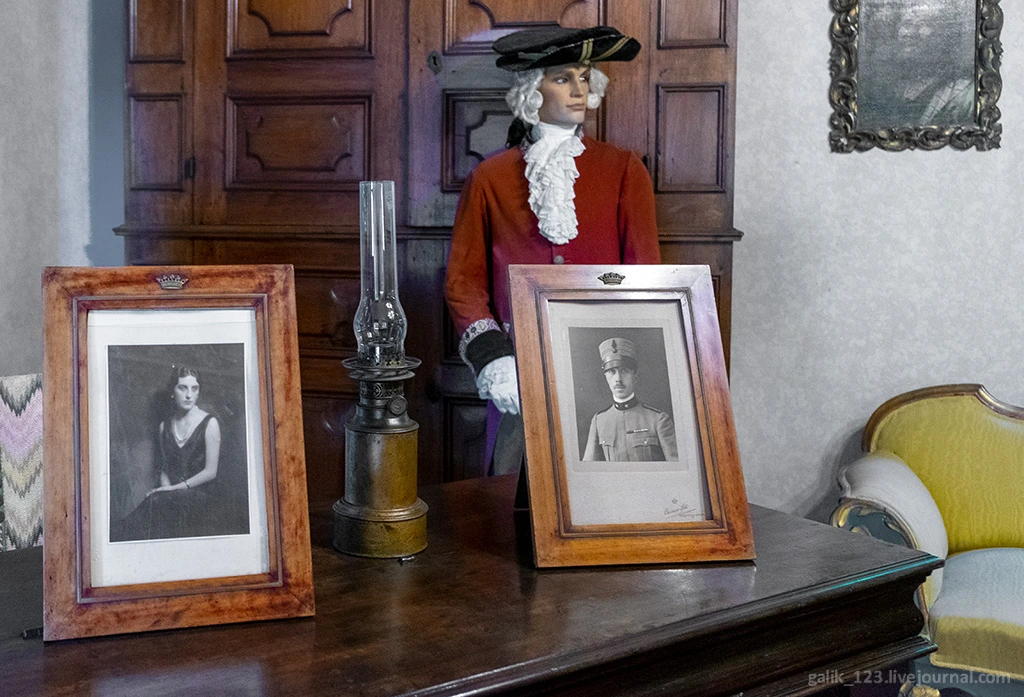
26. In a spacious office - a fireplace and massive wooden furniture made of precious wood.
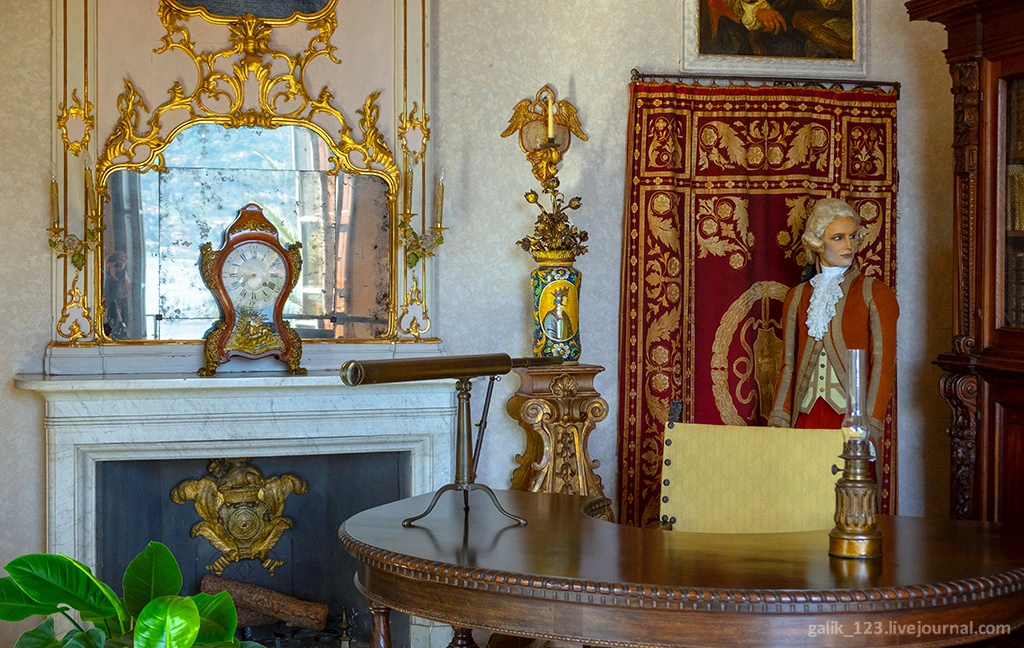
27. In the next room, tables are already served by porcelain and earthenware at Borromeo’s house, everything is ready for a family meal.
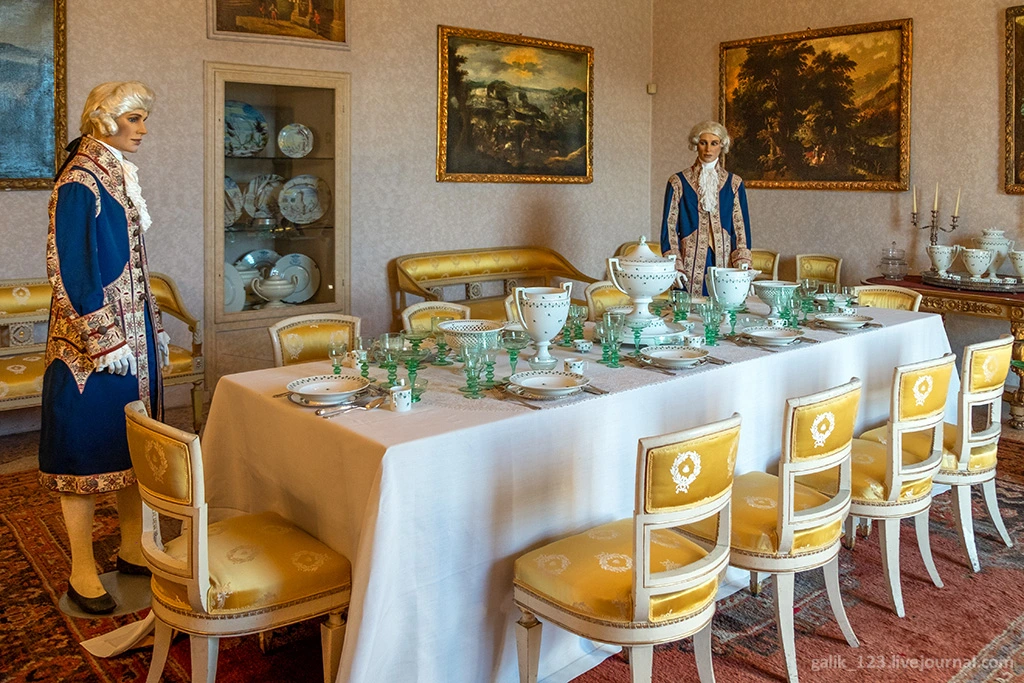
28. And this, of course, is the owner’s office - and here he himself is sitting at the table.
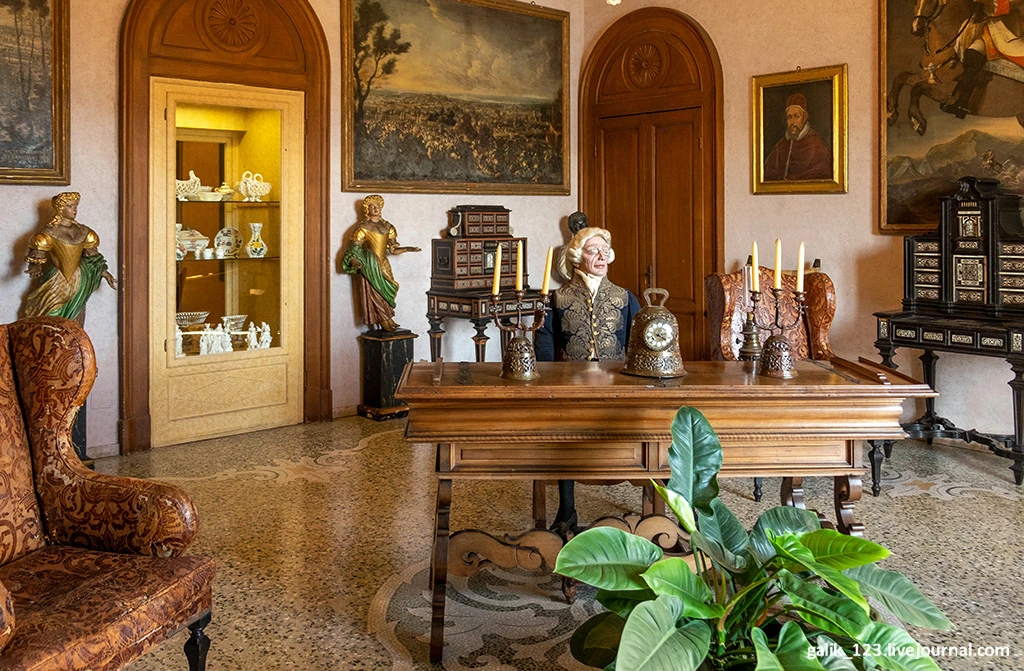
29. The most beautiful room of the palace is already at the end of the suite - this Venetian living room resembles a gazebo twined with flowering plants. The vaulted ceiling creates the illusion of a round room.
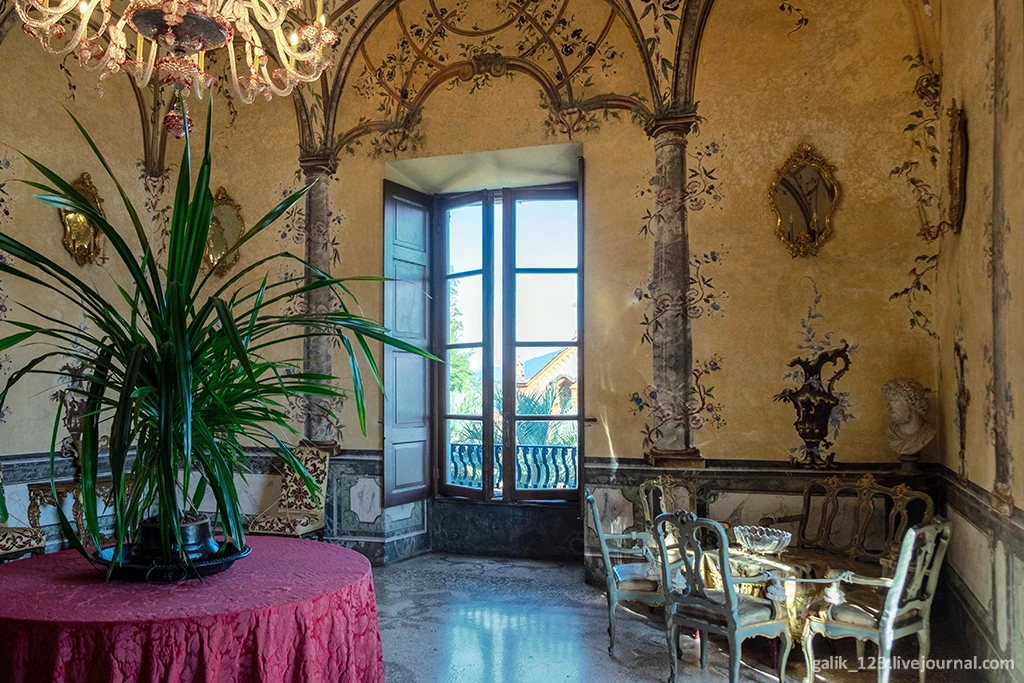
30. In the palace there are three rooms equipped with a home puppet theater. This is the only palace theater that has survived to this day unchanged. The scenery was made by Alessandro Sankirico (1777-1849), who was a decorator at the La Scala theater in Milan, and Carlo Fontana, who made performances at the Reggio theater in Turin.
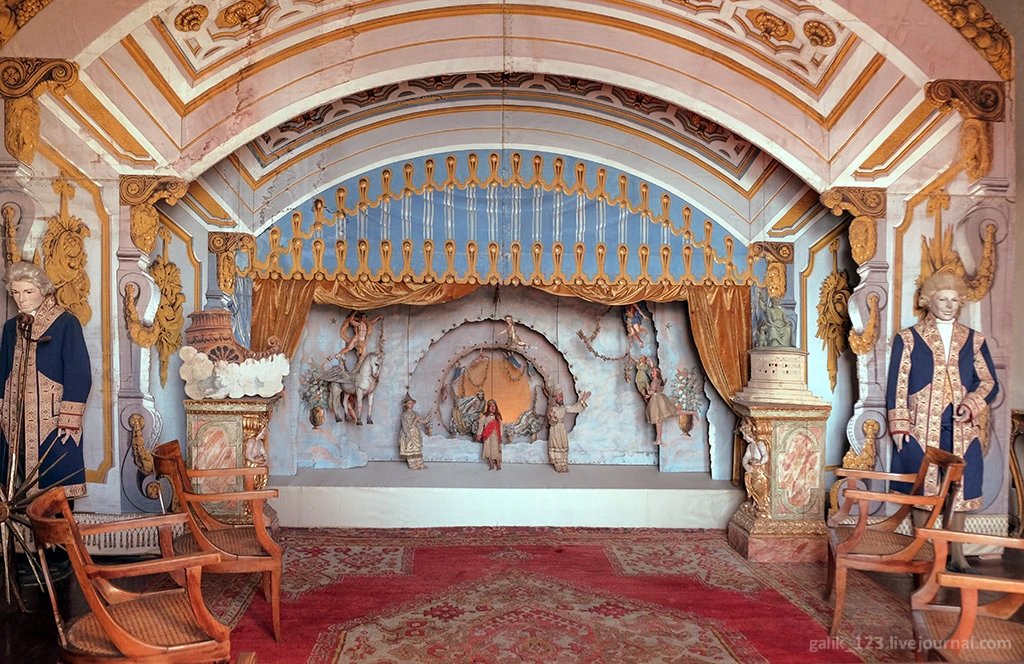
31.
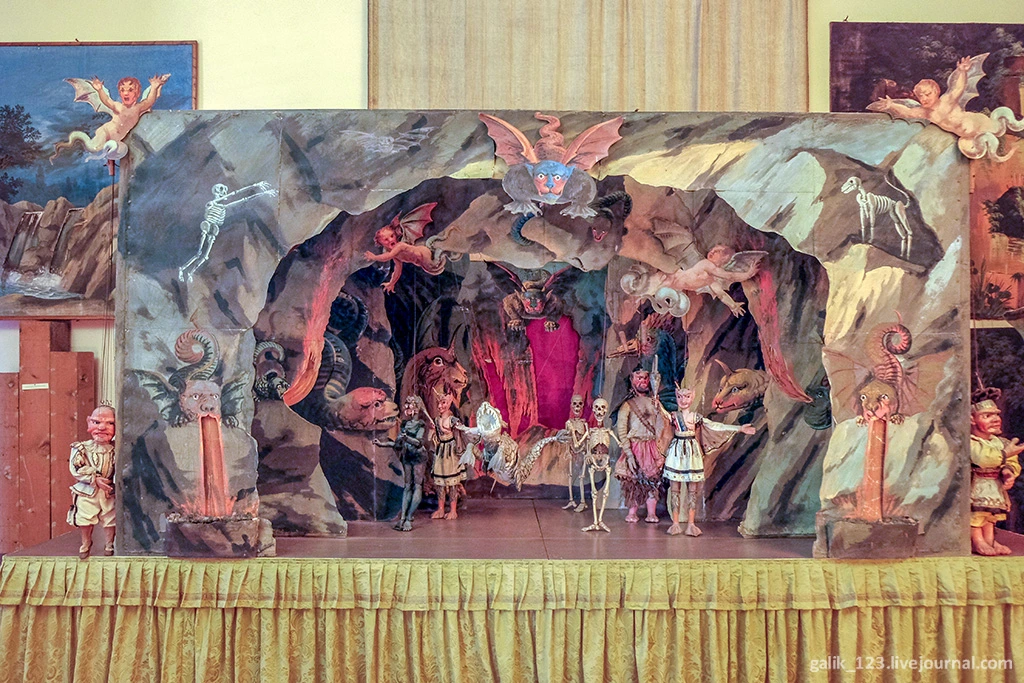
32.
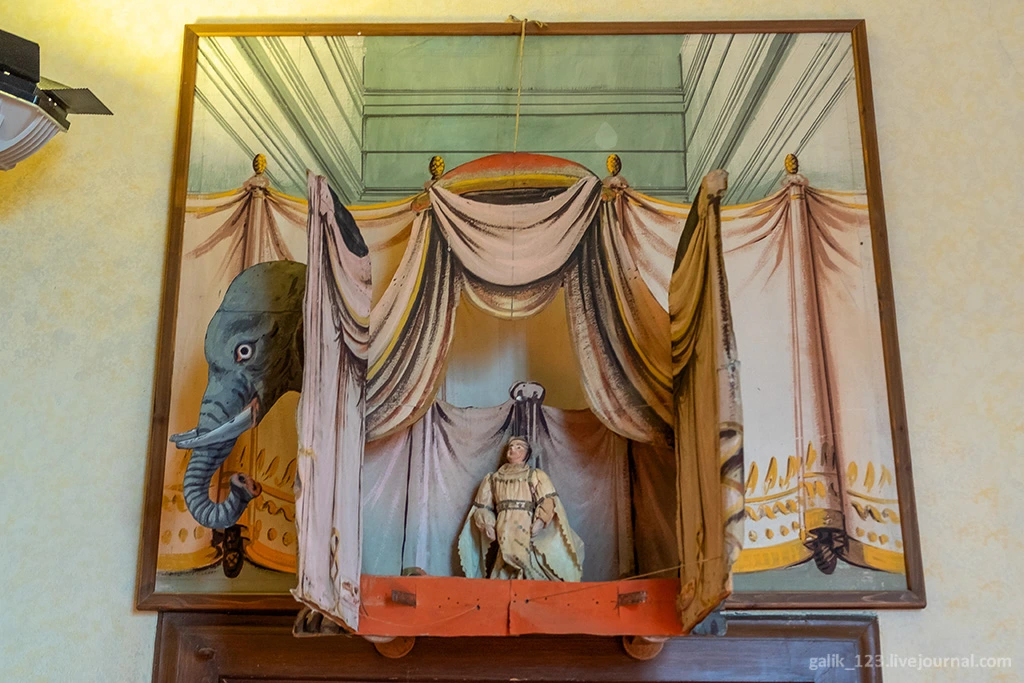
33.
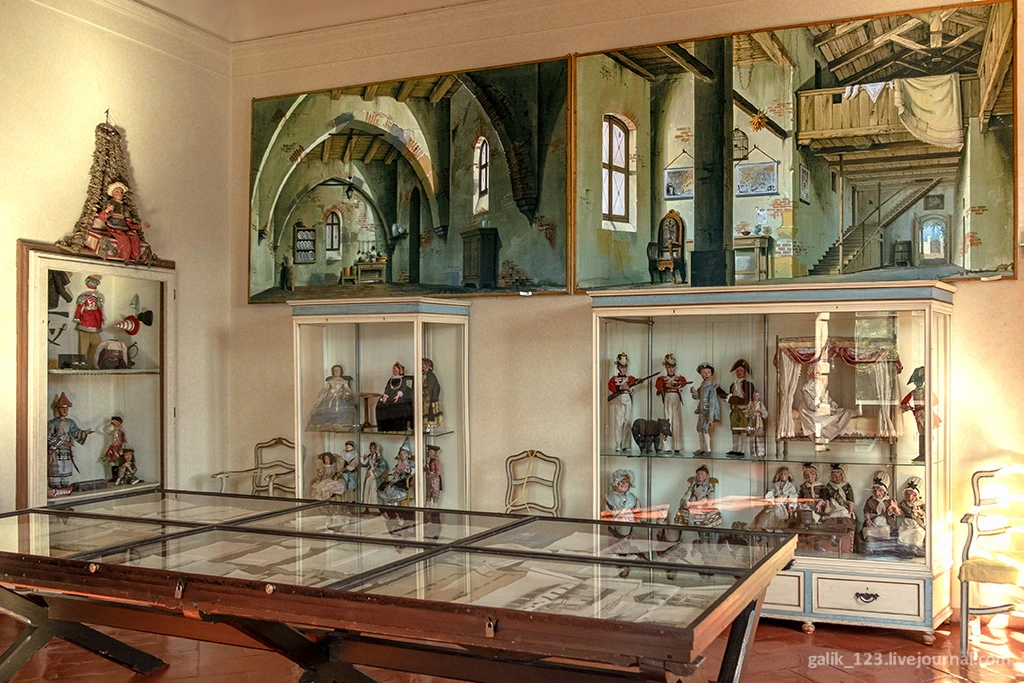
34.
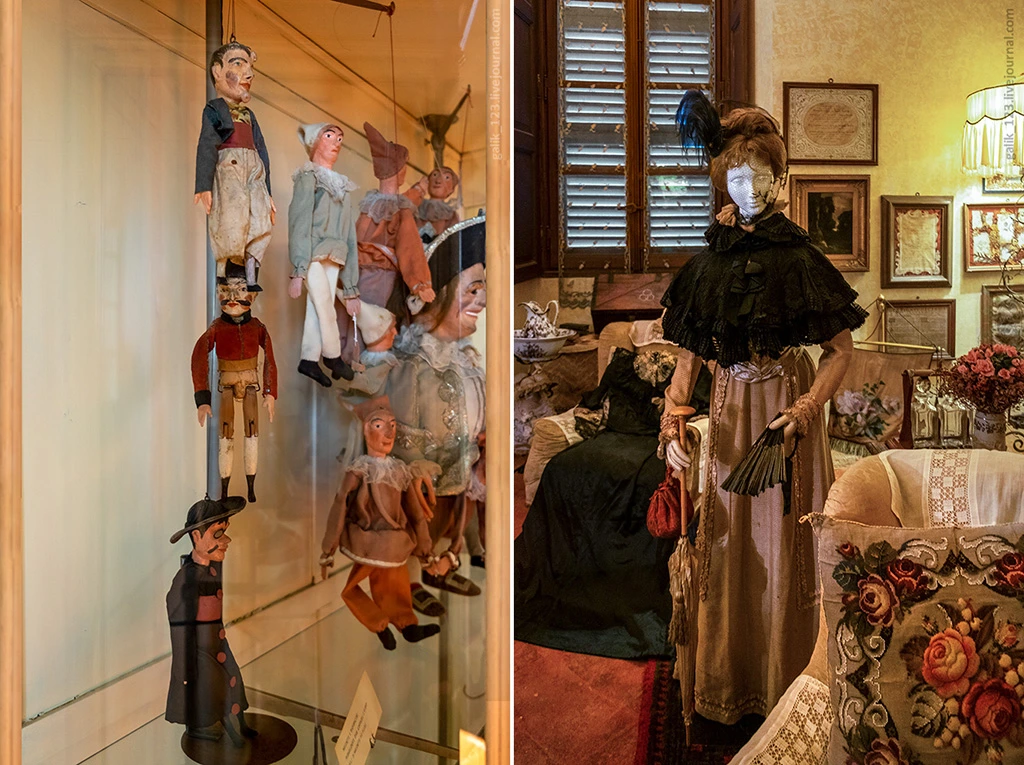
35. In other halls of the palace you can see a large collection of dolls and toys. In 1988, Princess Bona Borromeo Arese founded this museum, hosting more than a thousand copies of dolls, among which there are magnificent examples of French and German masters of the XIX century.
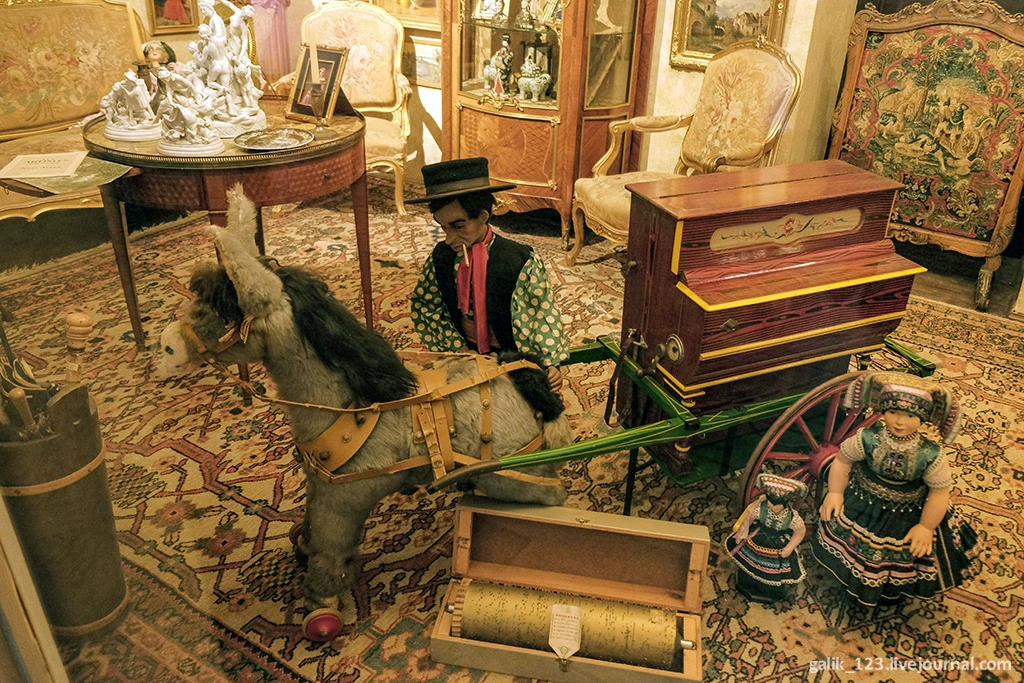
36. The most popular materials for making toys were wood, wax, paper mache, porcelain and fabric.
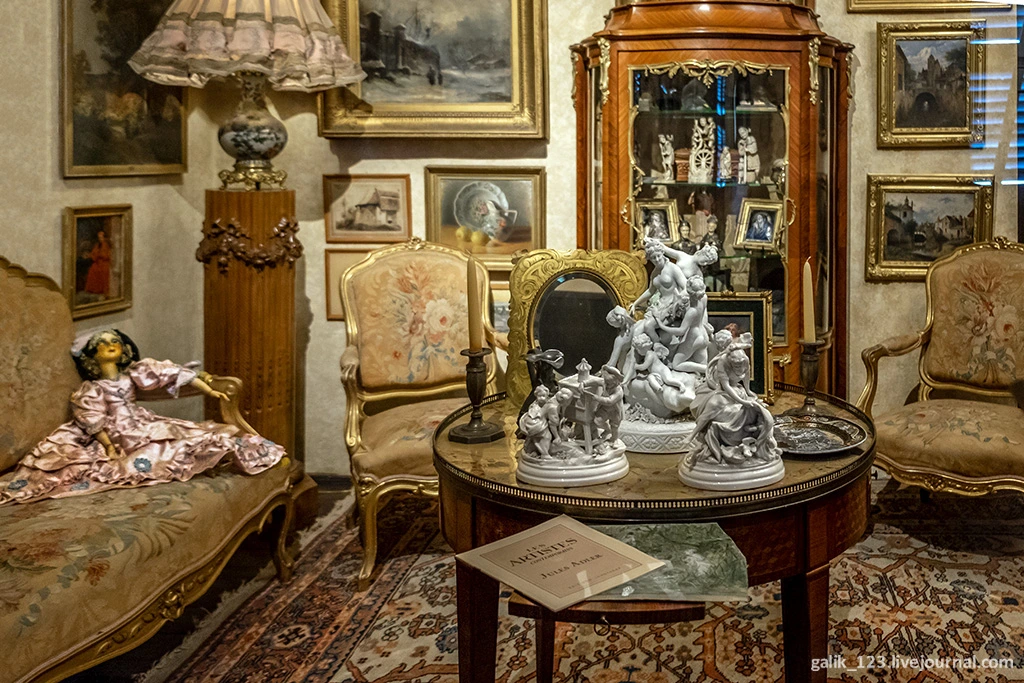
37. The Museum of Dolls and Toys, due to the quality and richness of its collection, is one of the most important in Europe.
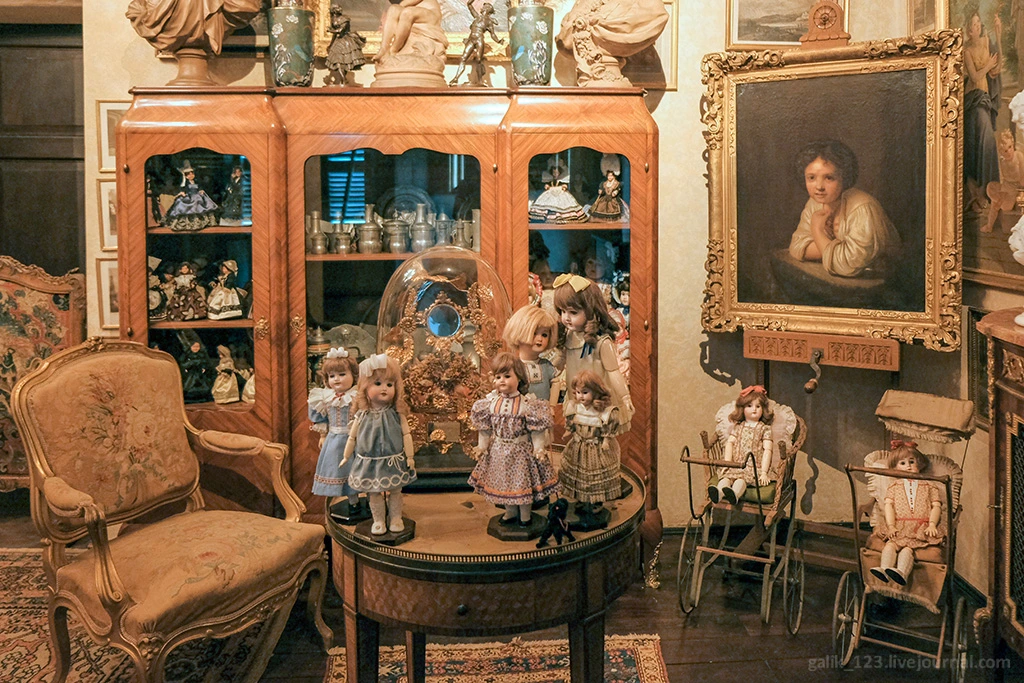
38.
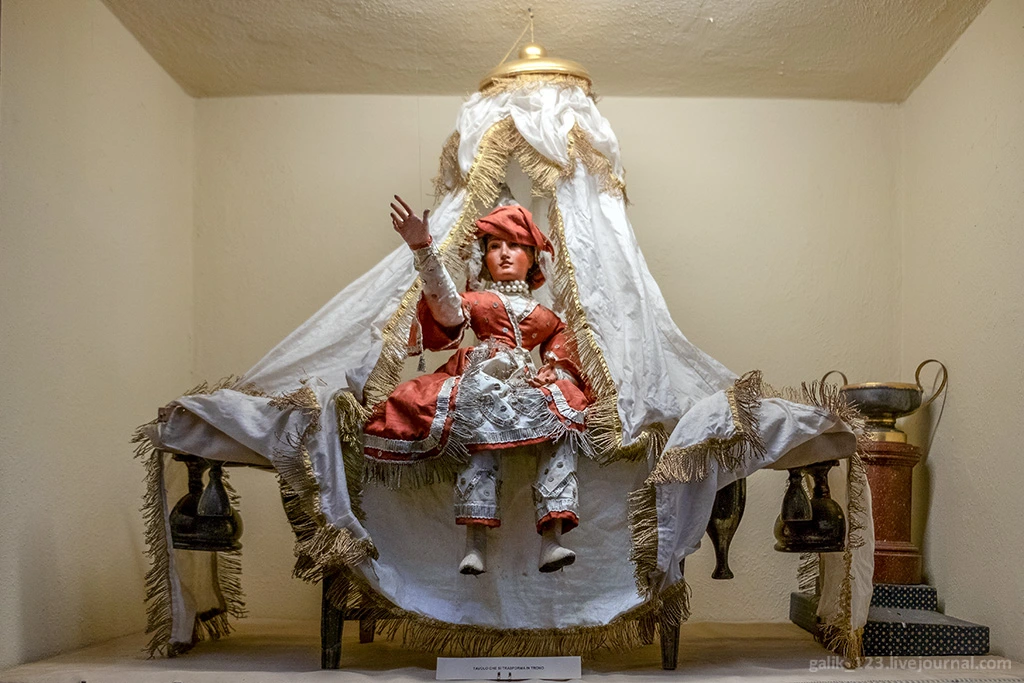
39. On the upper terrace of the park is the family chapel of Borromeo, built in 1858. There were never burial places and tombstones in it, and now they sell souvenirs and soft drinks.
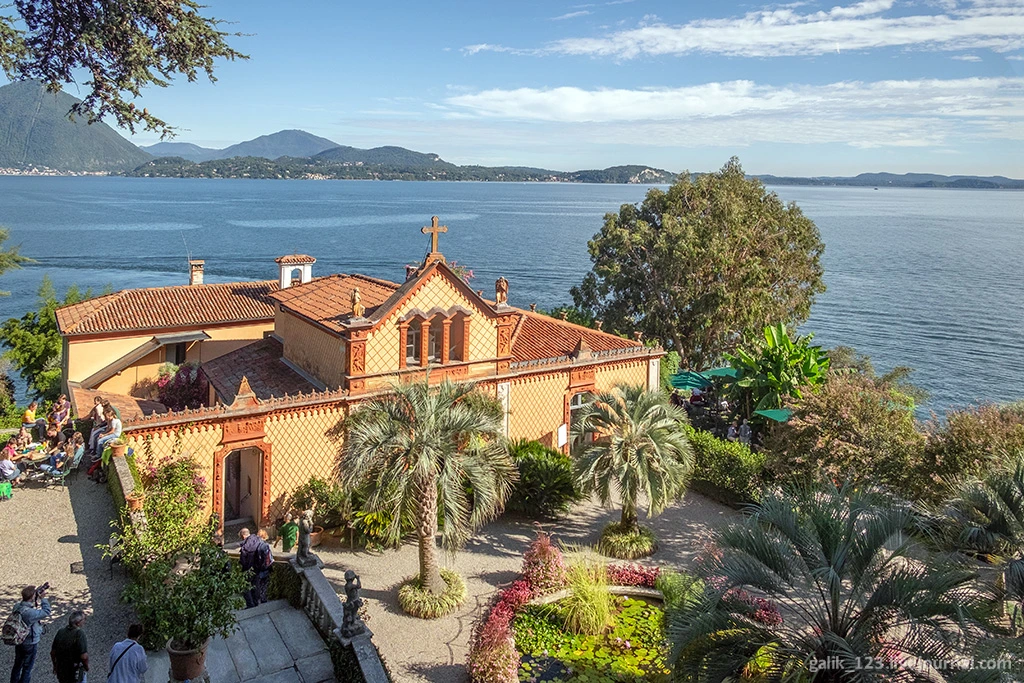
40. Sailing from the island of Isola Madre and looking at the openly open windows of the Palazzo Borromeo, you involuntarily think that once upon a time the life of a powerful and wealthy family was in full swing here, and now there are only deserted suites of halls filled with family treasures of Borromeo ...
